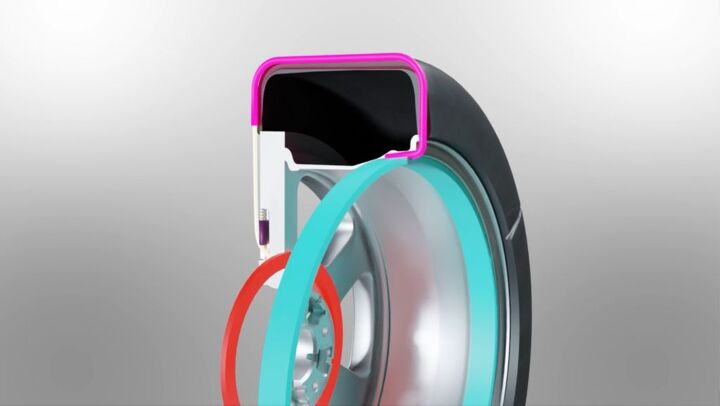Hyundai and Kia's Breakthrough: Shape-Shifting Tires for Safer Winter Journeys
Hyundai Motor Company and Kia Corporation have introduced an innovative snow chain technology for tires, poised to enhance winter driving safety. This new technology incorporates shape memory alloy modules located within the wheel and tire assembly. These modules can be activated to function as snow chains with a simple electrical signal, offering a seamless transition from regular to winter-ready driving.
Effortless Operation and Safety Enhancement
The main advantage of this technology lies in its ease of use. Traditional snow chains require manual installation, which can be both time-consuming and challenging. In contrast, the new system from Hyundai and Kia utilizes shape memory alloy that can be deployed or retracted at the push of a button. This not only saves time but significantly improves safety, especially during unexpected heavy snowfall.
The Technology Behind the Innovation
The design of this snow chain-integrated tire technology is quite intricate. The tire features radial grooves, similar to slices of a pizza, where modules made of shape memory alloy are inserted. When not in use, the alloy remains compressed inside the wheel, resembling the shape of an 'L'. Upon activation, an electric current causes the alloy to return to its original shape, extending out of the tire in a 'J' shape. This extension makes contact with the road surface, thereby enhancing grip and stability in snowy conditions.
Moreover, this technology offers an additional safety feature. In case of severe tire wear, the visibility of the module alerts drivers to the need for tire replacement, ensuring that tire maintenance is not overlooked.
Future Prospects and Development
Currently holding patent-pending status in South Korea and the U.S., Hyundai Motor and Kia are considering the mass production of this innovative technology. Before this can happen, further technological advancements, durability tests, performance evaluations, and regulatory reviews are necessary. This forward-thinking approach reflects Hyundai and Kia's commitment to leveraging advanced technology for real-world applications, focusing on enhancing the safety and convenience of their vehicles.
This article was co-written using AI and was then heavily edited and optimized by our editorial team.
More by TTAC Staff
Latest Car Reviews
Read moreLatest Product Reviews
Read moreRecent Comments
- SPPPP I am actually a pretty big Alfa fan ... and that is why I hate this car.
- SCE to AUX They're spending billions on this venture, so I hope so.Investing during a lull in the EV market seems like a smart move - "buy low, sell high" and all that.Key for Honda will be achieving high efficiency in its EVs, something not everybody can do.
- ChristianWimmer It might be overpriced for most, but probably not for the affluent city-dwellers who these are targeted at - we have tons of them in Munich where I live so I “get it”. I just think these look so terribly cheap and weird from a design POV.
- NotMyCircusNotMyMonkeys so many people here fellating musks fat sack, or hodling the baggies for TSLA. which are you?
- Kwik_Shift_Pro4X Canadians are able to win?


































Comments
Join the conversation